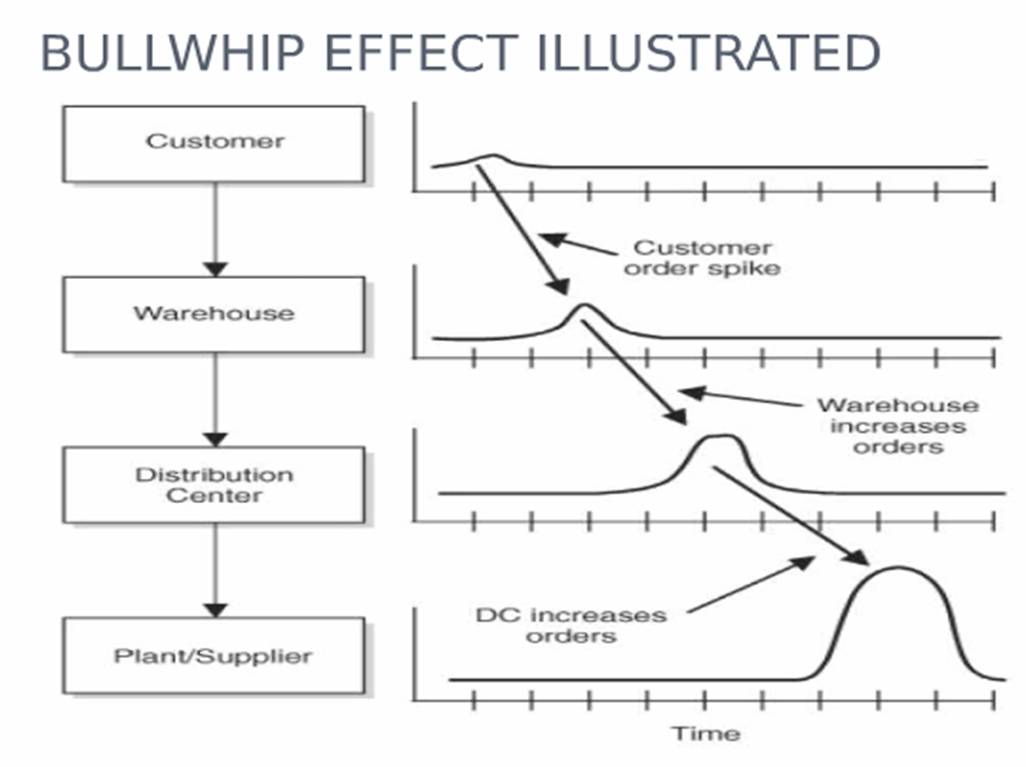A few months back, someone sent me this “pixar format” of storytelling.
While it makes sense, I have deep-seated insecurities regarding this format, going back to when I was in “upper kindergarten” (about 5 years old).
Until I was 14 or so, I had a pronounced stutter. It was very rare until then that I would win any prizes in speaking events even though I was comfortably the class topper in academics – basically I couldn’t speak. The mystery got unlocked when some teacher wondered if I stuttered because I “thought faster than I could speak”. That one remark made me conscious, and helped me slow down, and I remember pretty much cleaning up the speaking events prizes in school the following year.
Anyways, ten years before that I couldn’t speak. On top of that I couldn’t remember. I mean I could remember obscure things (for a five year old) such as the capital of Angola or the inventor of the telescope, but I couldn’t remember a coherent passage of text.
And one such passage of text that I first needed to mug up (and remember) and then speak it out (double nightmare) happened to be in the above (Pixar) format. There was a storytelling session in school for which we had to mug up stories and then tell it out in class.
I don’t exactly remember the text of the story (well I couldn’t remember it in 1987-88, so what chance do I have of remembering it now?), but it went something like this.
Once upon a time, there were four cows who lived in the jungle.
Every day, they grazed together. So if a tiger attacked, they could get together and chase it away.
One day, the cows quarrelled among one another.
Because of that, they started grazing separately.
Because of that, it was now possible for the tiger to take them on one-on-one.
Until finally, one day, the tiger attacked the cows one by one and ate up all of them.
Don’t ask me how a tiger could eat four cows in a day. I remember struggling like crazy to remember this story and speak it out. I remember that my father tried to make me mug it up several times during one weekend, after which I was supposed to speak it out in school.
I don’t remember how well or badly I spoke it out. However, what lasted was that this kind of stories started giving me nightmares. From then on, I developed a fear of the phrase “once upon a time”. Any story that started with “once upon a time” were scary to me.
I remember this one day in school when one classmate was asked to narrate a story. He went up to the front of the class and started with “one day … “. That was liberating – that not every story needed to start with once upon a time was a massive relief to me.
It’s funny the kind of things we remember from childhood, and the kind of seemingly innocuous things that have a long-term impact on us.






